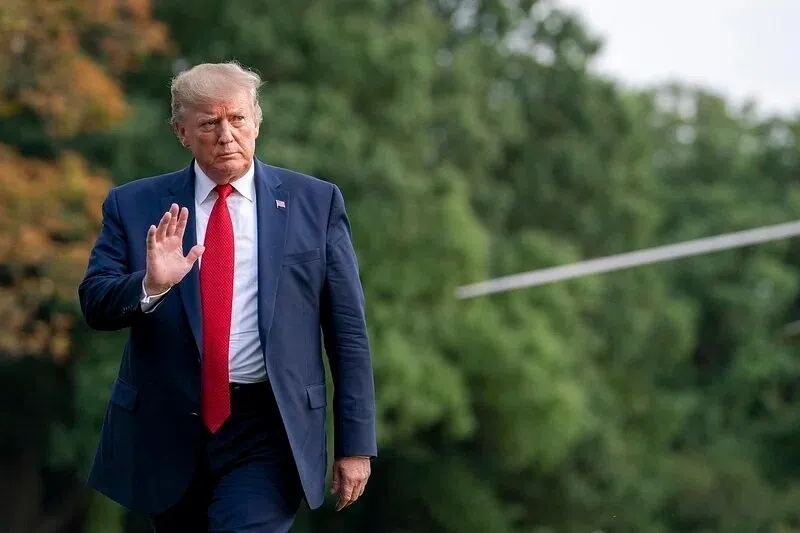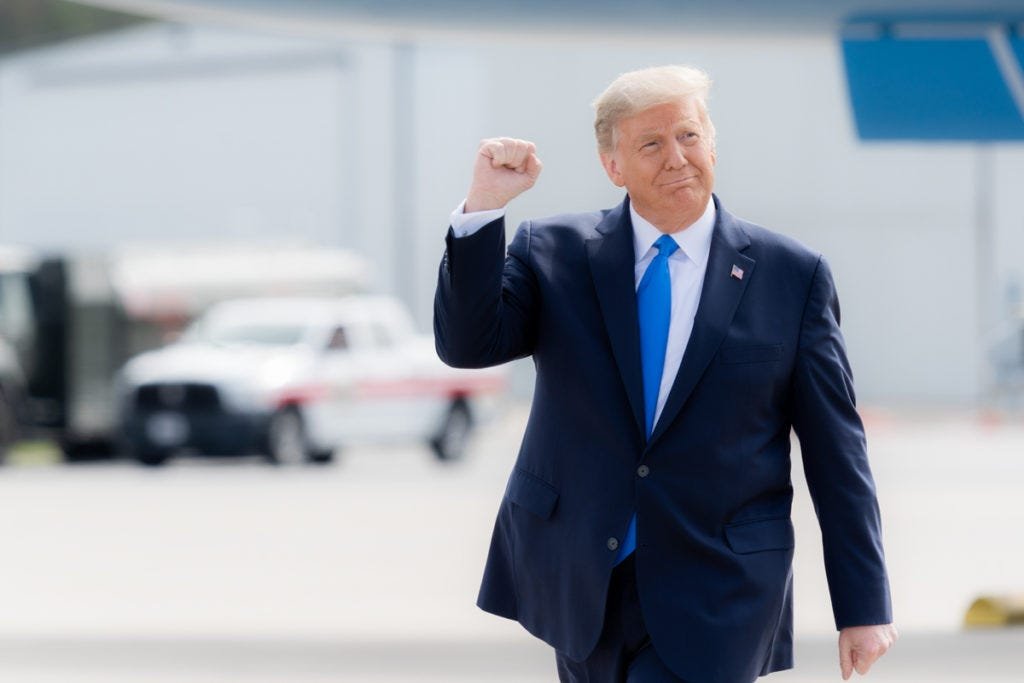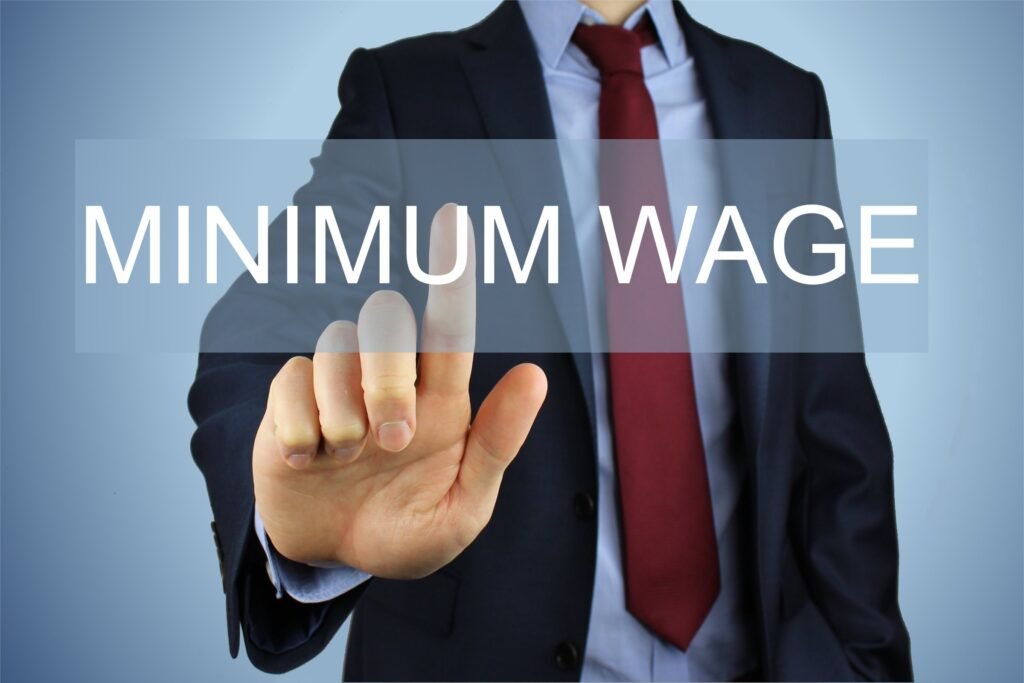Washington, D.C. – April 14, 2025 – The debate over the minimum wage has taken center stage in the United States, with fresh developments sparking intense discussion among workers, policymakers, and business owners. As President Donald Trump’s second term unfolds, his administration’s stance on the minimum wage—and whispers of a potential overhaul in 2025—has ignited both hope and concern. With millions of Americans earning at or near the federal minimum wage of $7.25 per hour, unchanged since 2009, the question of a minimum wage increase remains a divisive issue. Here’s the latest on what’s happening and what it could mean for the nation.

Trump’s Minimum Wage Legacy: A Mixed Record
During his first term, President Trump expressed skepticism about raising the federal minimum wage, arguing it could burden small businesses and lead to job losses. His administration prioritized tax cuts and deregulation over wage mandates, leaving the federal minimum wage stagnant. However, some states and cities took matters into their own hands, with places like California and Seattle pushing their minimum wages to $15 or higher. This patchwork approach has left workers in low-wage states like Mississippi and Alabama struggling to keep up with rising living costs.
As Trump re-entered the White House in 2025, speculation about his minimum wage policy intensified. Posts circulating on social media platforms suggest conflicting narratives: some claim Trump is planning a bold minimum wage increase to appeal to working-class voters, while others allege his administration might roll back wage protections for certain private-sector employees. Without concrete policy announcements, these rumors remain unverified, but they’ve fueled public curiosity about what “Trump minimum wage 2025” could entail.

The Push for a Minimum Wage Increase
Advocates for a minimum wage increase argue that $7.25 per hour is no longer a living wage. Adjusted for inflation, its purchasing power has eroded significantly since 2009, leaving full-time workers earning less than $15,000 annually—well below the poverty line for a family of two. Labor groups and progressive lawmakers have long championed a $15 federal minimum wage, with some even calling for $20 to reflect today’s economic realities. They point to studies showing that higher wages boost consumer spending and reduce turnover costs for employers.
On the other hand, opponents warn that a sharp minimum wage hike could strain small businesses, particularly in rural areas where profit margins are thin. The National Federation of Independent Businesses has voiced concerns that doubling the federal minimum wage could force layoffs or price increases, hitting low-income consumers hardest. Trump’s economic advisors have historically leaned toward this view, emphasizing job creation over wage mandates. Yet, with inflation cooling and unemployment steady at around 3.8% as of early 2025, some wonder if the administration might reconsider its stance.

What’s Happening in 2025?
As of April 13, 2025, no official proposal for a Trump minimum wage policy has emerged, but the topic is trending heavily. Discussions on platforms like X highlight public frustration with stagnant wages amid rising rents and grocery prices. Some users speculate that Trump could unveil a modest minimum wage increase—perhaps to $10 or $12 per hour—as a populist move to counter Democratic critiques. Others believe he’ll maintain the status quo, letting states set their own standards.
Meanwhile, several states are forging ahead independently. Florida, for instance, is on track to reach a $15 minimum wage by 2026, while New York’s minimum wage for fast-food workers hit $16.50 this year. These state-level efforts underscore the federal government’s inaction, putting pressure on Washington to act. If Trump were to endorse a federal minimum wage increase, it could unify standards nationwide, but it would likely face fierce debate in Congress, where Republicans and Democrats remain deeply divided.

The Human Impact
For workers like Maria Lopez, a single mother and retail cashier in Ohio, the minimum wage debate is personal. Earning $8.80 per hour—Ohio’s state minimum—Lopez struggles to cover rent and childcare. “A raise to $15 would change everything,” she says. “I could breathe, maybe save a little.” Stories like hers resonate with millions, from fast-food employees to home health aides, who form the backbone of America’s service economy.
Conversely, small business owners like Tom Reynolds, who runs a diner in Georgia, worry about the ripple effects. “I’d love to pay my staff more, but doubling wages overnight? I’d have to raise prices or cut hours,” he says. These competing perspectives highlight the complexity of the minimum wage issue—no solution satisfies everyone.
Looking Ahead
As 2025 progresses, the nation awaits clarity on Trump’s minimum wage plans. Will he surprise skeptics with a wage hike, or double down on his pro-business roots? For now, the federal minimum wage remains a lightning rod, symbolizing broader tensions over economic fairness and opportunity. With workers and employers hanging in the balance, the outcome of this debate will shape America’s economic landscape for years to come.
I am a passionate digital marketer, content writer, and blogger. With years of experience in crafting compelling content and driving digital strategies. I’m always exploring new trends, optimizing strategies, and creating content that resonates with audiences. When I’m not working, you’ll find me diving into the latest digital marketing insights or experimenting with new blogging ideas.